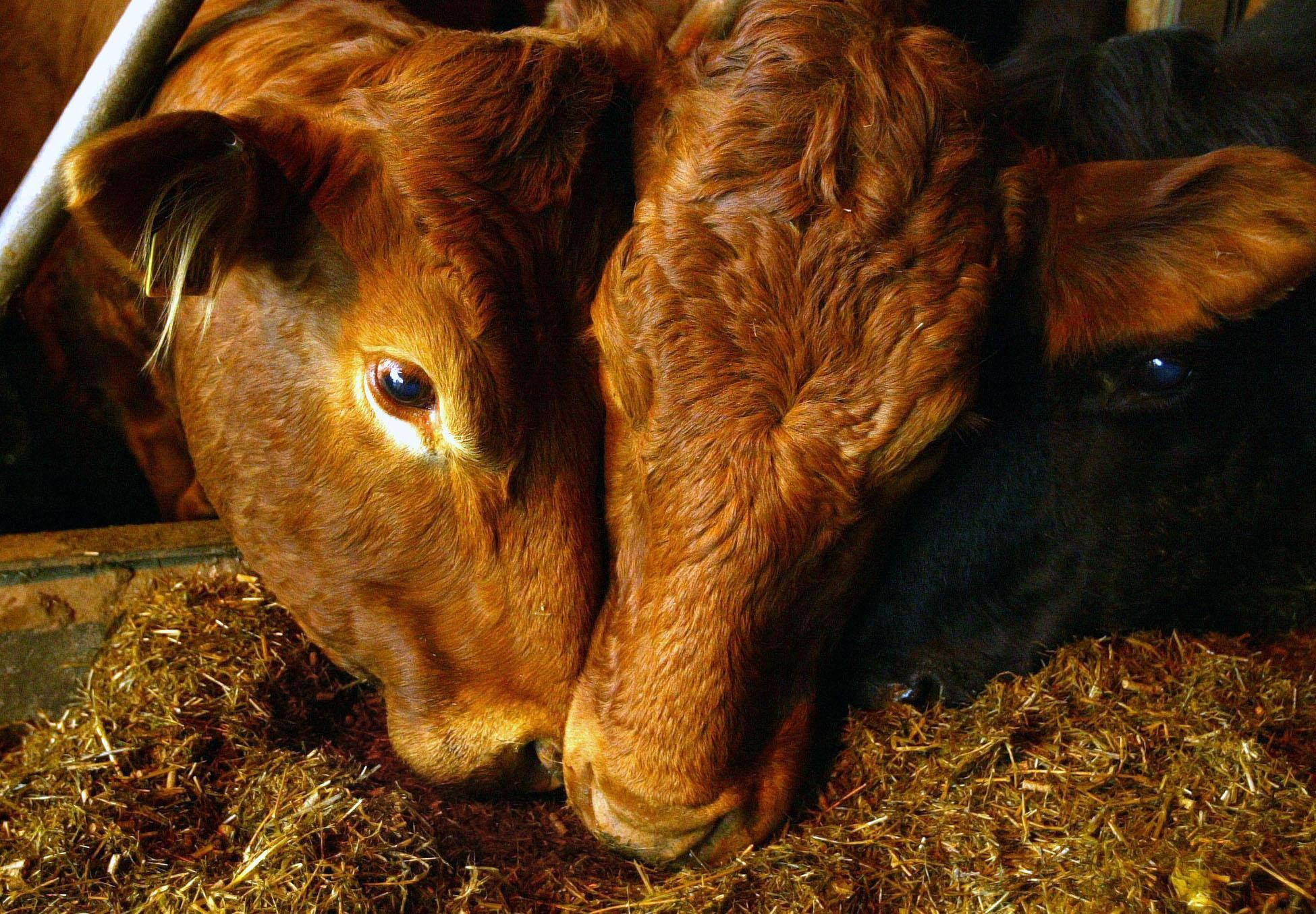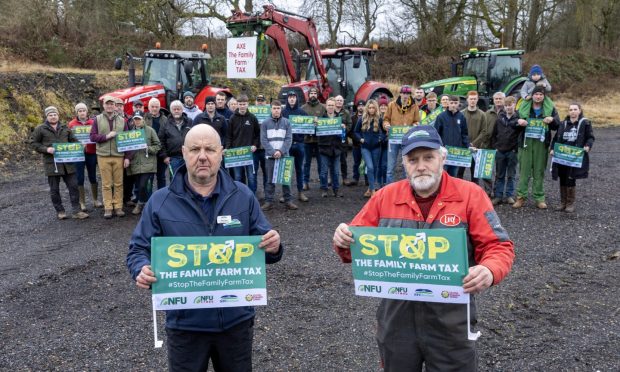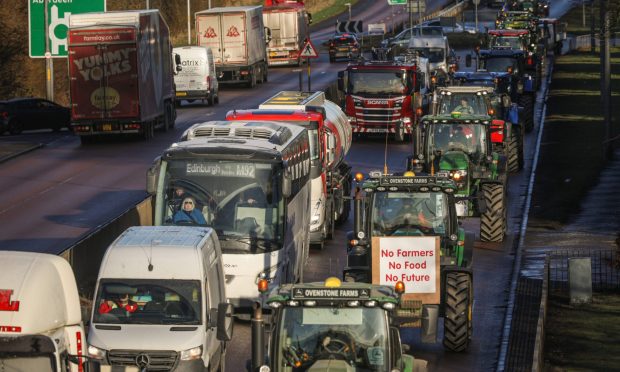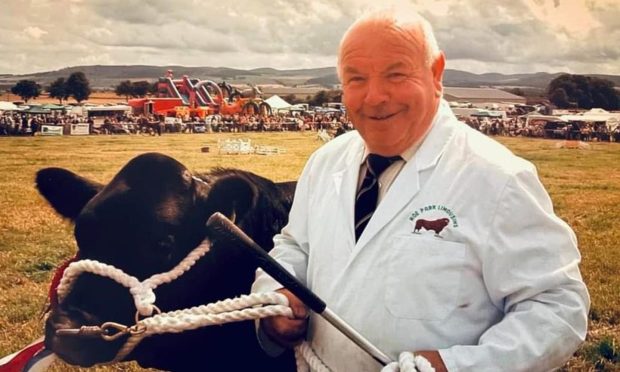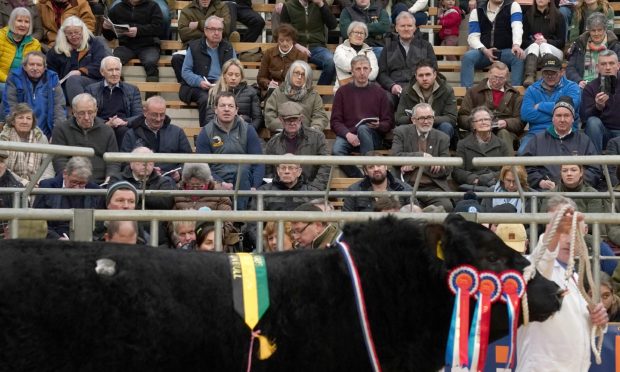Britain’s vets have expressed fears that Brexit could compromise long-standing international cooperation on disease surveillance.
The British Veterinary Association (BVA) says it is essential that surveillance systems are maintained to ensure the detection of new and emerging disease. And the organisation has called on the Government to ensure reciprocal data-sharing with Europe continues after the UK leaves the European Union.
With reports of Schmallenberg virus cases across the country and avian influenza restrictions still in place, the BVA said this week’s anniversary of the devastating 2001 foot-and-mouth outbreak was a timely reminder that a robust surveillance system was vital to the health of UK livestock.
BVA president, Gudrun Ravetz said the UK needed to be alert to the threat posed to livestock, food chain and agricultural business by disease incursions
“Disease is unpredictable, particularly new diseases and novel strains of diseases in our increasingly globalised world,” she said.
Vets identified disease control as one of their top three highest priorities in relation to Brexit, with veterinary surgeons specifically citing zoonotic disease and a ‘break down in surveillance communication’ amongst the serious issues.
Meanwhile a BVA survey showed that where there have been changes to post-mortem facilities since 2014, a third of vets affected thought their access to facilities had deteriorated. In cases where there have been laboratory closures, three-quarters of vets saw carcase submission rates decline.
Ms Raveltz said: “While we understand the need to update and, in places, consolidate laboratory services, our survey figures show how the closure of laboratories and the cutting of resource to APHA services affect vets’ and farmers’ access to laboratories.
“Vets’ frontline roles must be recognised and supported, backed up by an effective, coordinated system of data capture that will enable us to make the necessary links to detect and control new disease threats, protect food safety and safeguard animal and human health.”
nnicolson@thecourier.co.uk
